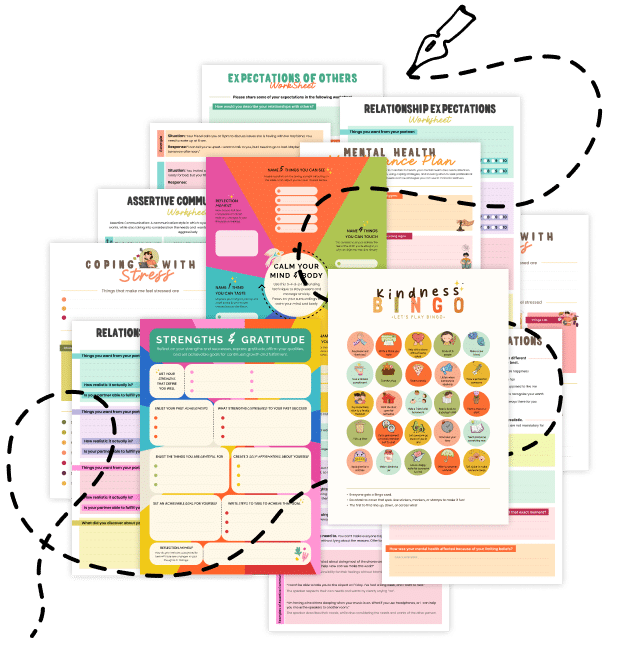20 Things About Tonic vs. Phasic Alertness
Enhance your focus and performance by understanding the differences between Tonic vs. Phasic Alertness—what they are, why they matter, and how they influence your ability to maintain long-term attention and respond quickly to stimuli. Discover strategies to optimize both forms of alertness for peak cognitive performance.
1. What Is Tonic Alertness?
Tonic alertness is your baseline level of sustained attention—the constant state of readiness that helps you stay focused over long periods.
2. What Is Phasic Alertness?
Phasic alertness refers to rapid, short-lived bursts of heightened attention triggered by sudden or unexpected stimuli.
3. Sustained vs. Reactive Attention
While tonic alertness supports continuous concentration, phasic alertness enables quick reactions when the environment changes.
4. The Role in Daily Functioning
Tonic alertness is essential for tasks that require prolonged focus, whereas phasic alertness is crucial for adapting to dynamic situations.
5. Balancing Act for Optimal Performance
Both types work together: tonic alertness keeps you engaged during routine activities, and phasic alertness sharpens your response when needed.
6. Neurobiological Foundations
They involve different neural circuits; tonic alertness is linked to sustained activity in the brain’s arousal systems, while phasic alertness is associated with rapid activation of these systems.
7. Measuring Alertness
Physiological measures such as EEG patterns and pupil dilation can help assess both tonic and phasic alertness levels.
8. Impact on Cognitive Performance
High tonic alertness supports deep work and learning, whereas strong phasic alertness enhances quick decision-making and reaction times.
9. Influence of Fatigue
Fatigue can lower tonic alertness, making it harder to maintain focus, while phasic responses may become delayed or diminished under sleep deprivation.
10. Effects of Sleep and Rest
Adequate sleep and rest are critical—good sleep helps maintain tonic alertness, and brief naps can refresh phasic responsiveness.
11. Role of Circadian Rhythms
Your alertness levels fluctuate throughout the day; understanding your circadian rhythms can help you plan tasks that require either sustained or rapid attention.
12. Enhancing Tonic Alertness
Regular exercise, proper nutrition, and stress management practices can boost your baseline, sustained attention.
13. Boosting Phasic Alertness
Stimulating environments, novel tasks, or moderate caffeine intake can trigger short bursts of heightened alertness when you need them most.
14. Environmental Influences
A calm workspace supports tonic alertness, while strategic use of alarms or unexpected stimuli can effectively induce phasic alertness.
15. Impact on Learning and Memory
Sustained focus (tonic alertness) is vital for deep learning, while quick shifts in attention (phasic alertness) help you notice and encode new details.
16. Role in Safety-Critical Professions
In high-risk fields like aviation or medicine, maintaining both forms of alertness is crucial for safe and effective performance.
17. Cognitive Flexibility
A healthy balance between tonic and phasic alertness allows you to adapt your focus as tasks demand, enhancing overall cognitive flexibility.
18. Stress and Recovery
Managing stress is key—chronic stress can deplete tonic alertness, while proper recovery helps preserve the rapid responsiveness of phasic alertness.
19. Practical Applications
Techniques like mindfulness, strategic breaks, and a well-organized schedule can help optimize both types of alertness throughout your day.
20. Related Topics to Explore
- Cognitive Load Theory – Understand how mental workload impacts your attention.
- Mind-Wandering Mode – Discover how unstructured thought periods interact with alertness.
- Default Mode Network – Explore the brain network active during rest and its role in cognitive transitions.
- Sleep Inertia – Learn about the groggy state after waking and its effects on alertness.
- Circadian Neuroscience – Delve into how your internal clock regulates alertness throughout the day.
Quick Tips to Boost Your Tonic and Phasic Alertness
- Prioritize Quality Sleep: Ensure you get consistent, restful sleep to maintain sustained focus and rapid responsiveness.
- Schedule Strategic Breaks: Use short breaks to refresh your tonic alertness and incorporate quick stimuli to boost phasic responses.
- Optimize Your Environment: Create a workspace that minimizes distractions for sustained focus, and use alarms or novelty to trigger phasic alertness when needed.
- Stay Physically Active: Regular exercise not only improves overall alertness but also enhances your brain’s responsiveness to new stimuli.
- Manage Stress Effectively: Practice mindfulness and relaxation techniques to prevent chronic stress from depleting your alertness levels.
Embrace these insights and tips to harness the full power of Tonic vs. Phasic Alertness, empowering you to maintain deep focus and rapid responsiveness for peak cognitive performance!


